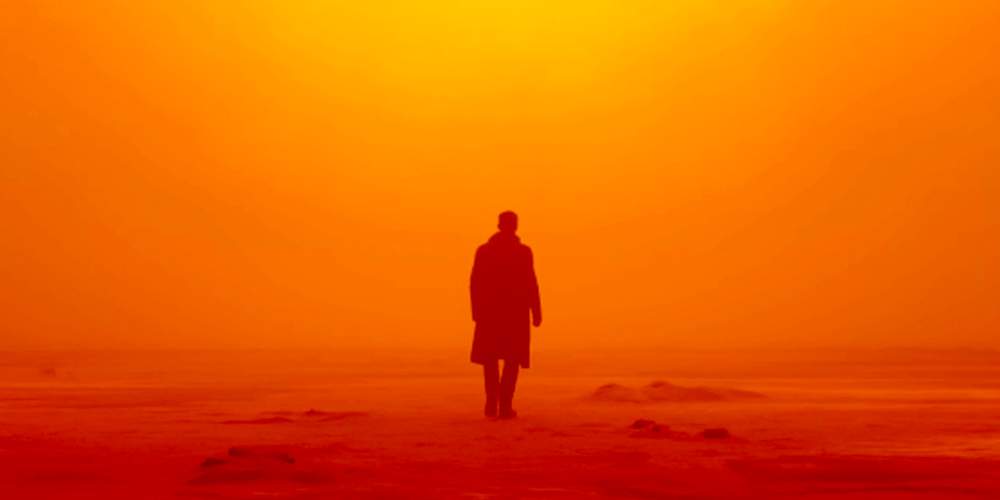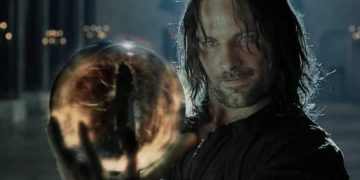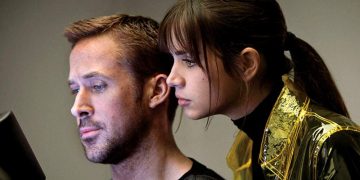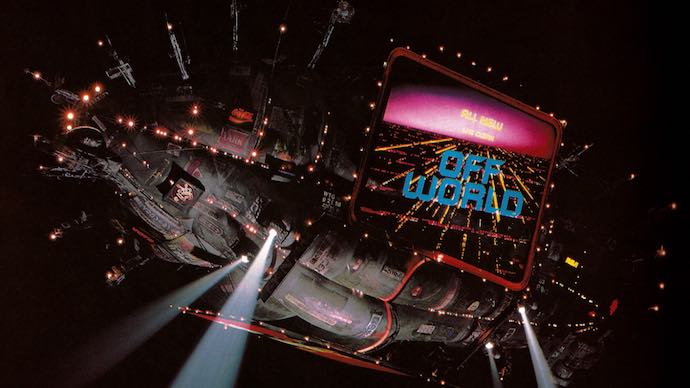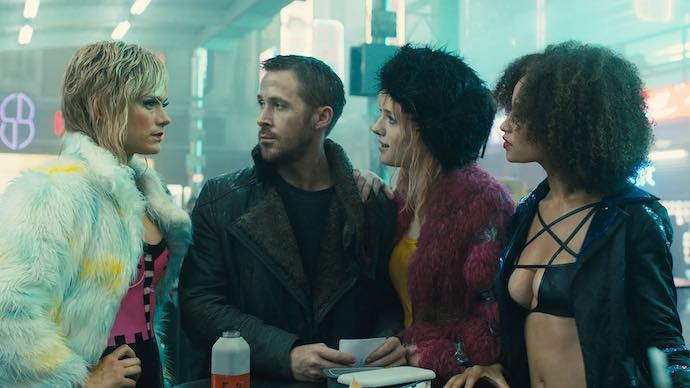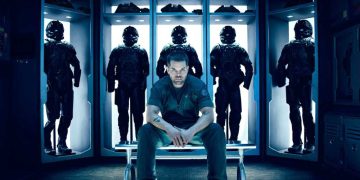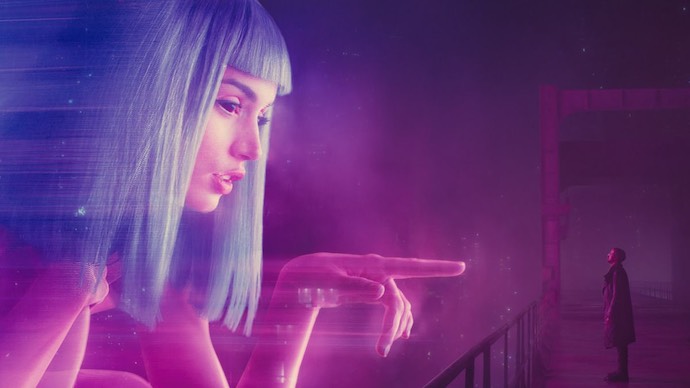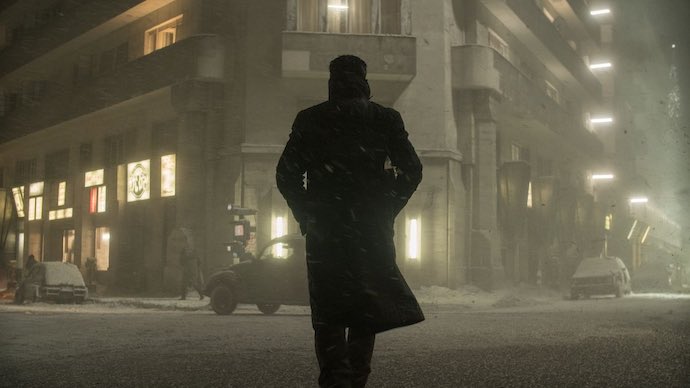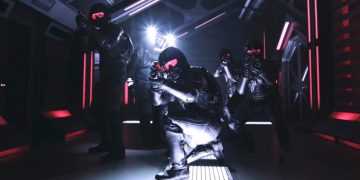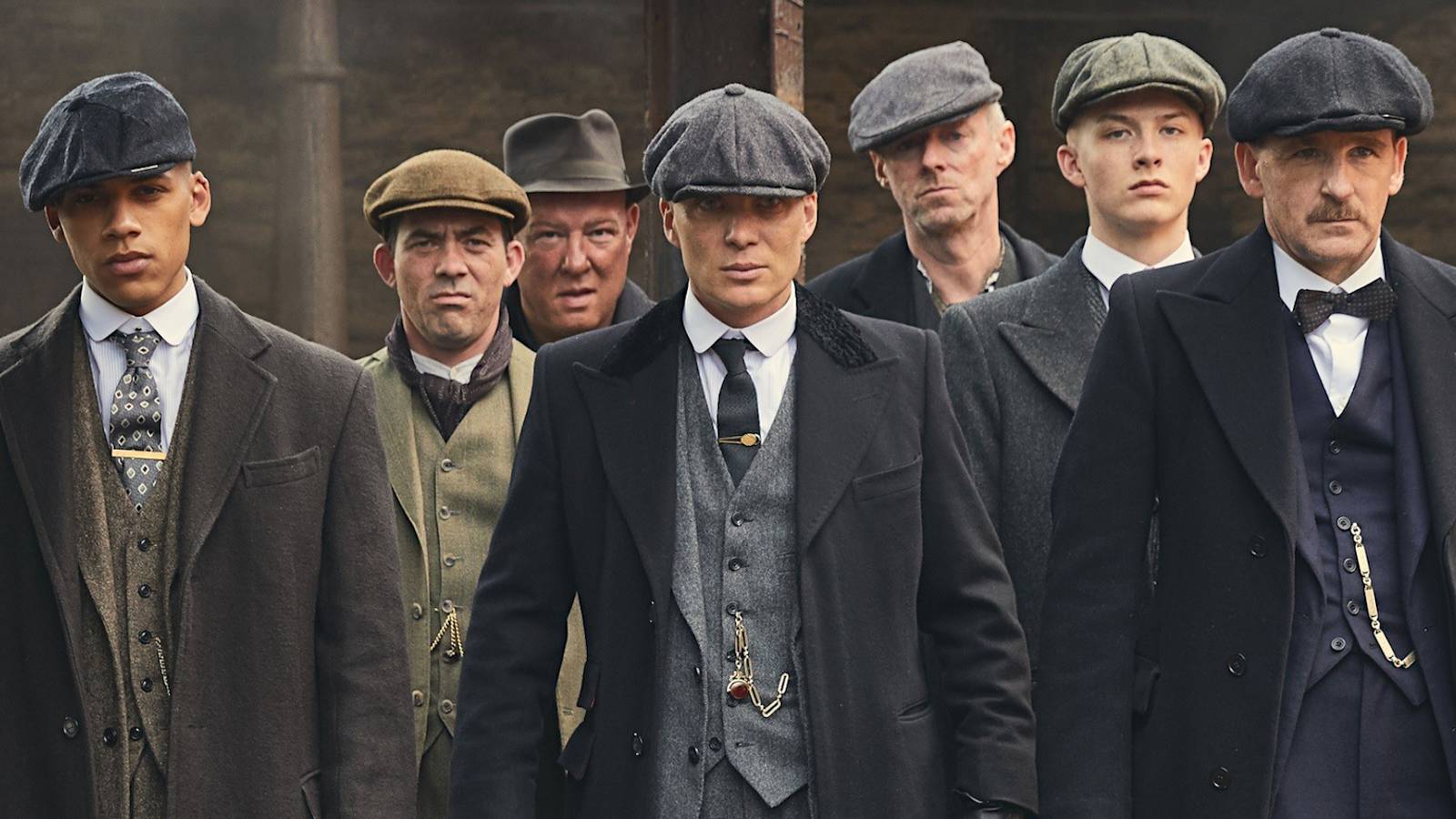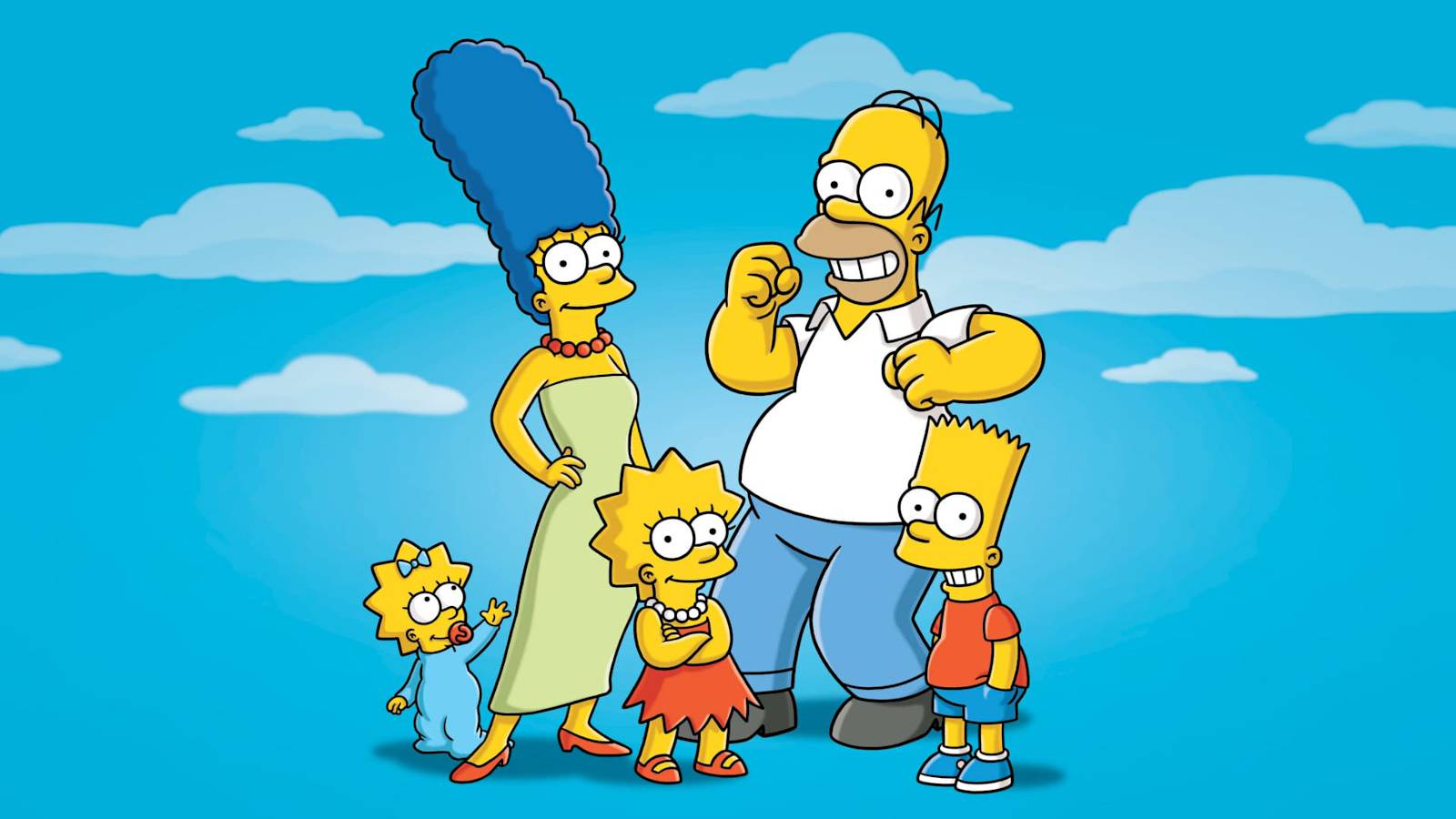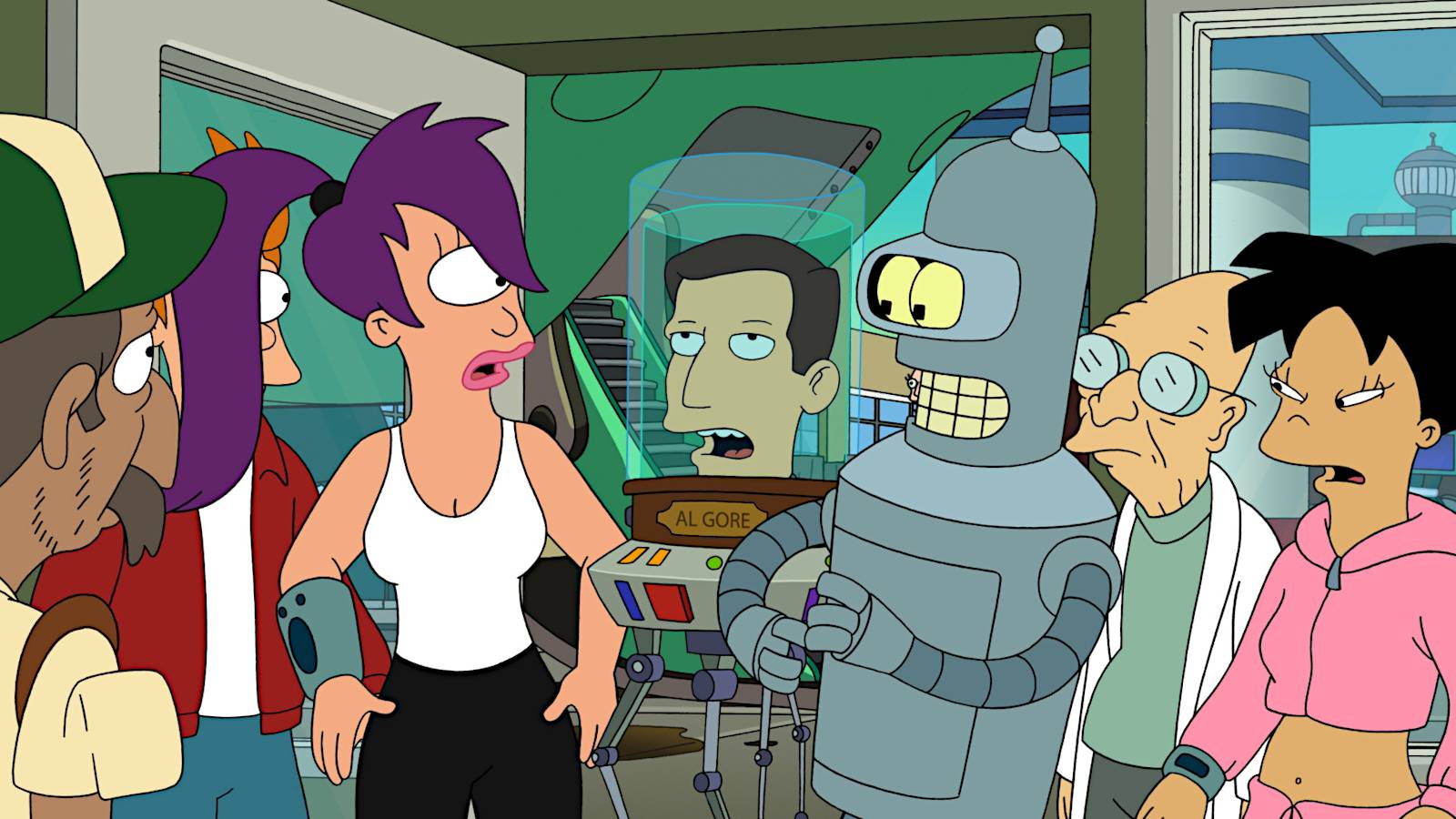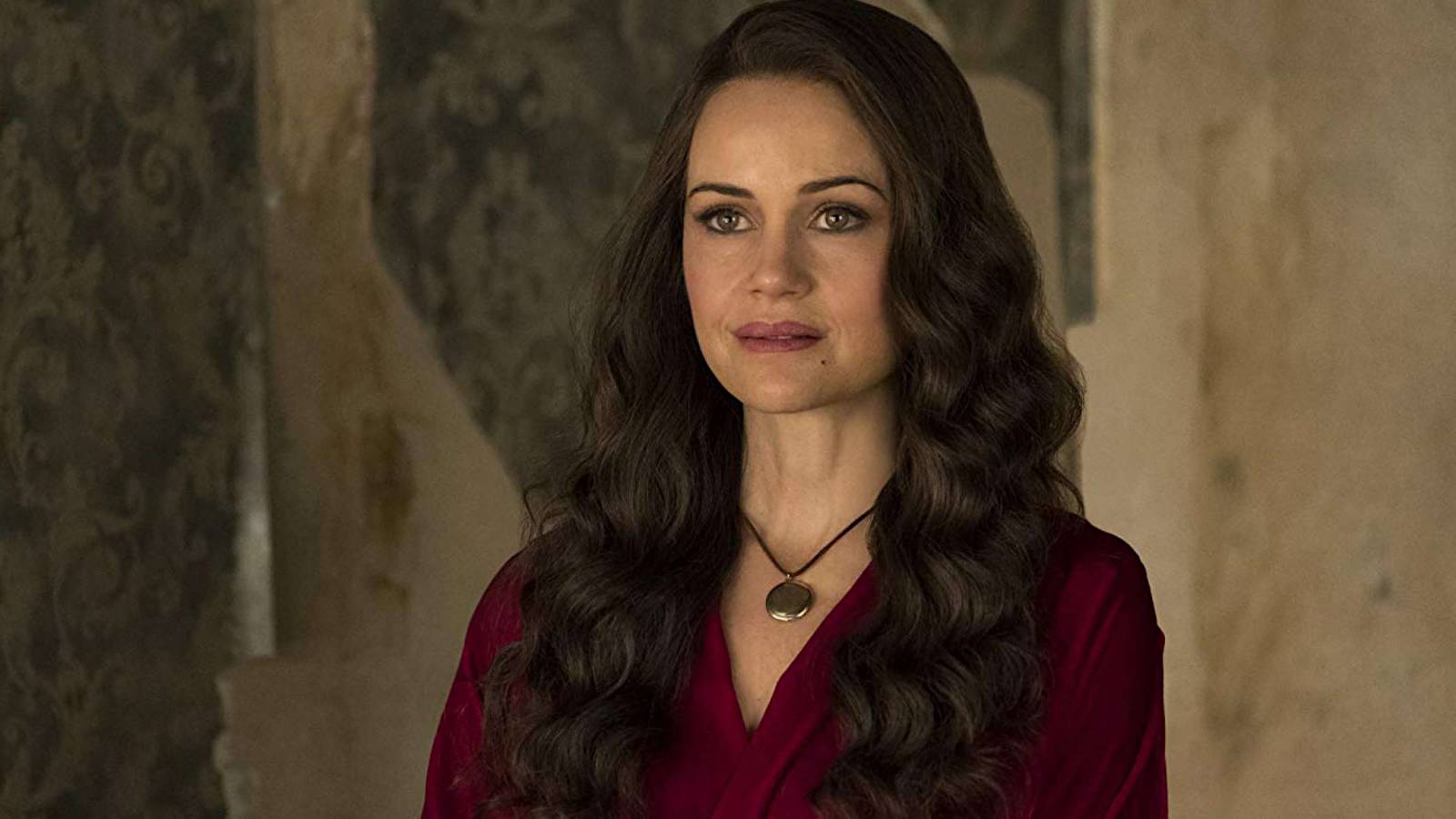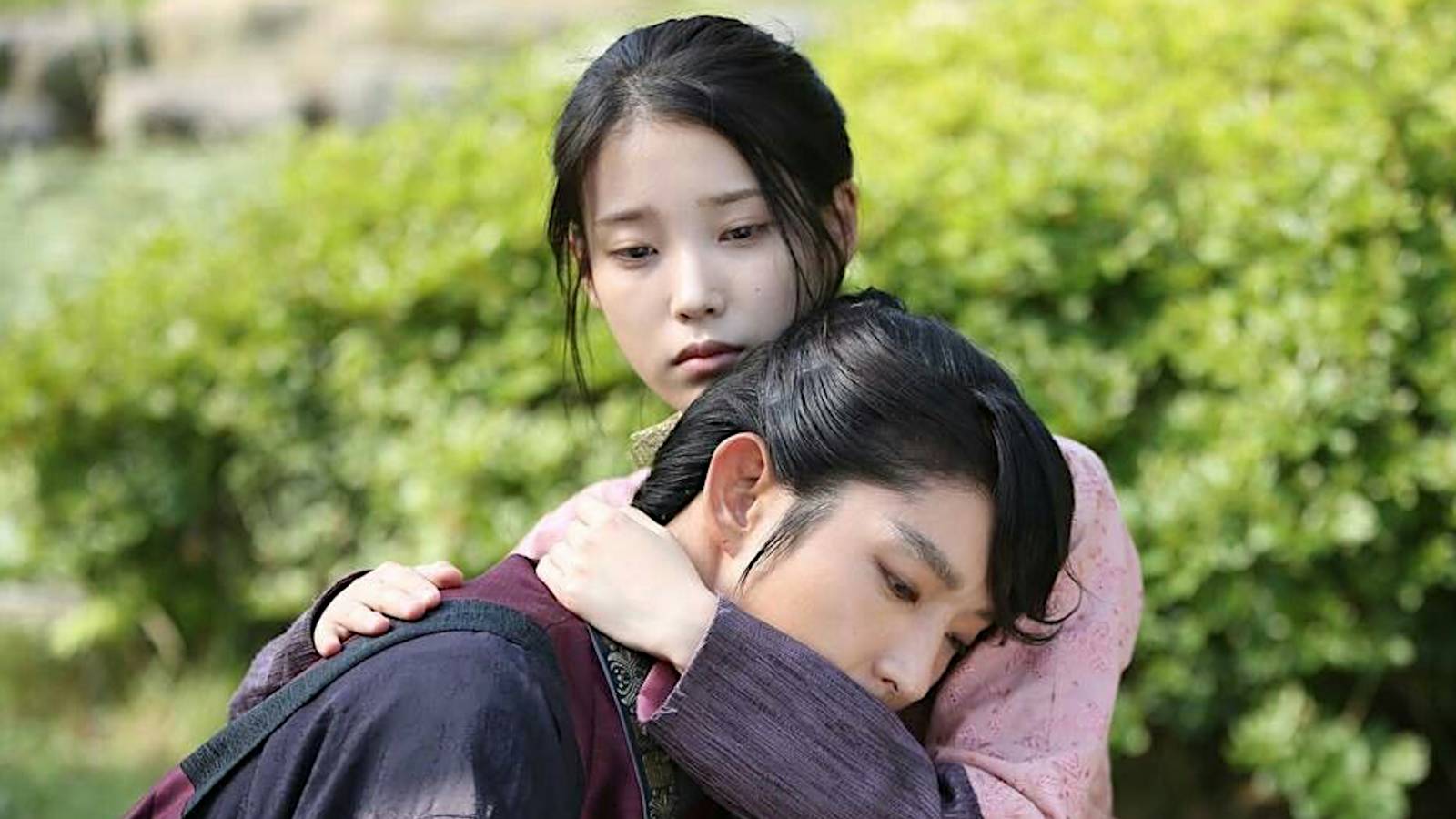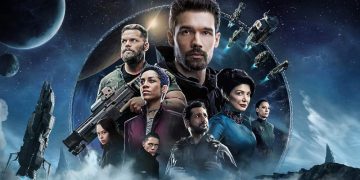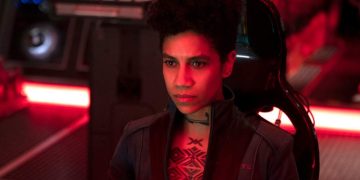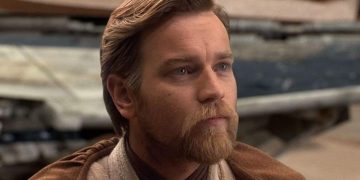1. The Off-World Colonies
For all the talk of off-world colonies inBlade Runner, we’ve never actually seen them—despite two films and an animated TV series.
Up until now, theBlade Runnerfranchise has primarily shown its iconic dystopian Los Angeles and never once explored space or the planets that mankind has colonized in their expansion.
Blade Runner 2099may represent a chance for fans to finally see what off-world colonies look like in the world ofBlade Runner, to glimpse what Roy Batty spoke about when he talked of the Tanhauser Gate and the shoulder of Orion.
Of course, it’s by ignoring the wider expansion of humanity thatBlade Runnersuccessfully achieves a kind of lonesome, claustrophobic feeling that keeps the story rooted in Los Angeles. But this could be a chance to show off the stars for the first time.
2. The Replicants
The overall story ofBlade Runneris about Replicants and how they fit into the world of humans.
There’s the original group of Nexus-6 that come to Earth, searching for a way to add more years to their limited four-year lifespan. Then there’s Agent K’s search for the child born to Rachel and Deckard. Replicants have always been the crux ofBlade Runner.
IfBlade Runner 2099features the return of Harrison Ford’s Rick Deckard, it may finally prove whether he’s human or Replicant (which, admittedly, could ruin the mystery of his character). But the real question ofBlade Runner 2099is: “What has changed with Replicants since 2049?”
Related:Why The Expanse is the best sci-fi TV series ever
3. The Futuristic Technology
The vision of the future that’s been showcased in Ridley Scott’s franchise has always centered on pipes, rain, and profound technology—things that make the audience think about the value of the experience of life.
The character of Joi inBlade Runner 2049—who was a product made to keep people and Replicants from being lonely—serves as an example of the kind of futuristic technology in the world ofBlade Runner.
Though she’s a hologram, she appears to feel empathy and a closeness with Agent K that feels uniquely human, and that’s a trait that permeates the core ofBlade Runner’stheme.
How else will technology shift and evolve in the 50 years betweenBlade Runner 2049andBlade Runner 2099, and how will those changes further emphasize how we view life and living?
4. The Endless Possibilities
With the upcoming series set so far ahead of its preceding film,Blade Runner 2099has the chance to set new boundaries, explore new places, and become its own new story beyond the last two films.
Sure, fans will always want some kind of connection betweenBlade Runner 2099and the prior films that helped build the franchise’s legacy. But the advantage of being set so far in the future is that the creative team behind the series can go anywhere they want.
It’s hard to imagine aBlade Runnerseries—one that’s set 50 years further into the future—getting bogged down for being tied too closely to its forebears. Ridley Scott is known for his filmmaking style and sense of originality in everything he does.
With Ridley Scott at the helm ofBlade Runner 2099, the series will no doubt compliment prior work while forging its own path forward.
Read next:The best geeky TV shows on Amazon Prime Video



![]()
